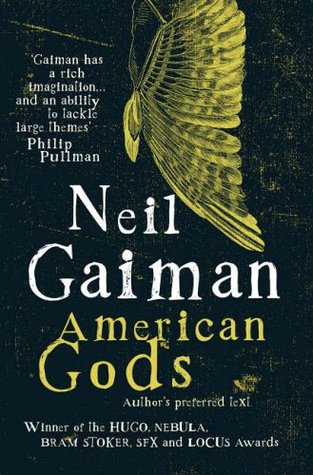
After decades of development in The Dreaming, Neil Gaiman’s epic masterpiece Sandman finally arrives on screen. I am hyped for this moment, and I hope you are, too. But if not, this article will help. Here’s why you’ll love this show.
It Has An Excellent Cast
Remember Game of Thrones, that show everyone adored until the final season? I know, we don’t talk about Thrones. But if you’ll allow me a moment’s blasphemy, Netflix’s Sandman has not one, but two GoT alums amongst its cast.
The first is Charles Dance, who you’ll remember as the cold and ruthless Tywin Lannister. (If there’s one actor who I’d actually buy skinning a deer, it’s this guy.) In Sandman, Dance plays Roderick Burgess, a magical cult leader with outstanding job titles, including “Daemon King” and “Lord Magus.” Imagine putting that on your LinkedIn profile.
The second Thrones alum is Gwendoline Christie, who you’ll remember as Brienne of Tarth. (You may also remember her turn as the tragically underserved Captain Phasma in the latest Star Wars trilogy.) In The Sandman, Christie plays Lucifer. Yes, that Lucifer. Gaiman’s treatment of the character is one of the best ever, right up there with Milton, Rushdie, and Ferrell. Christie will do a magnificent job.
But enough about GoT people. The rest of the cast looks just as special, especially Boyd Holbrook as The Corinthian and Kirby Howell-Baptiste as Death. Tom Sturridge as the titular Sandman/Morpheus/Dream is giving me Edward Cullen vibes, but I bet he’ll be good, too.
It Will Have A Unique Structure
The comics sure did.
Like most comics, Sandman was released episodically in annual issues. However, due to its mass popularity, the series was subsequently collected into volumes of graphic novels divided by story arc. Ten such volumes compose the main series, along with several other standalones and spinoffs.
Fans will note that characters from the first two volumes have been cast for the first season of the show. This inspires a theory, and my theory is this: The show will run for five seasons, with each season combining two volumes. If that proves popular enough, there’s still additional content left for more.
Not only is this two-volume approach symmetrical, it’s also logistically sound. Though the 10 volumes tell an overarching story, three of the 10 are entirely standalone short stories. Therefore, if the show follows my approach, seasons two, three, and four will all contain both main story and short story episodes. It’s a great way to involve both without losing either.
If you’ve never read Sandman, you might be dubious of random one-off episodes. However, assuming they take this approach, it’s not without precedent. The X-Files, my favorite show of all time, pioneered this structure with their “Mythology” and “Monster of the Week” episodes. The former advanced an overarching tale, while the latter were standalone investigations (which I always preferred to the “Mythology” eps).
The Sandman can do the same. Trust me, you do not want to miss the one about a thousand cats.
I Promise It’s Not a Superhero Story
I know what you’re thinking. A comic book with the -Man suffix? This is just another superhero property, isn’t it?
It’s really not. And I’m not just saying that to get you to watch (though I really want you to). Sandman is honestly difficult to describe; the closest I can get is an epic blend of fantasy, horror, mythology, history, and even a little humor. Dream, a.k.a. Morpheus, a.k.a. Sandman, is the Lord of Dreams, and therefore the master of stories, aspirations, and idealization. Every moment of Sandman derives from this theme.
Sandman is also a family drama. Dream has six siblings, all of whom bear names that conveniently start with the letter D: Destiny, Death, Destruction, Desire, Despair, and Delirium (formerly Delight). Each sibling has a different relationship with the others, and throughout the series, they often compete and interact in interesting ways. In such an epic tale, one could get swept away by the otherworldliness of it all. However, Morpheus’s family, collectively known as the Endless, help ground the story in relatable humanism.
The Trailer is Sweet
Just watch it!
Ready?
Me too. The Sandman premieres on Netflix on August 5. Schedule your binge watch now.
Kyle A. Massa is a comic fantasy author living somewhere in upstate New York with his wife, their daughter, and three wild animals. His published works include three books and several short stories. When he’s not writing, he enjoys reading, running, and drinking coffee.

















